Hard Drive Overview-How To Use Hard Drive (I)
This is the first article of tutorial series How To Use Hard Drive which introduces all aspects of using hard drives. You can learn basic operations, such as create partition and resize partition, and know useful skills of data security, for example, how to prevent data loss and how to recover lost files.
Content included in this tutorial:
Hard drive type, interface, partition manager, verify and repair bad sectors, image partition, hard drive recovery, etc. all issues you may meet when using hard disk.
Content won't be discussed:
Principles of hard drive like how head works, how hard drive read and save data, etc. firmware… As a common user, there's no need to learn these technical details.
DiskGenius Free
Operations performed to hard drive are finished by DiskGenius in this tutorial series. DiskGenius is versatile partition manager, integrating more functions than any other similar software. Meanwhile, DiskGenius is excellent and specialized data recovery software. DiskGenius Free is competent to do all the basic operations to hard disk.
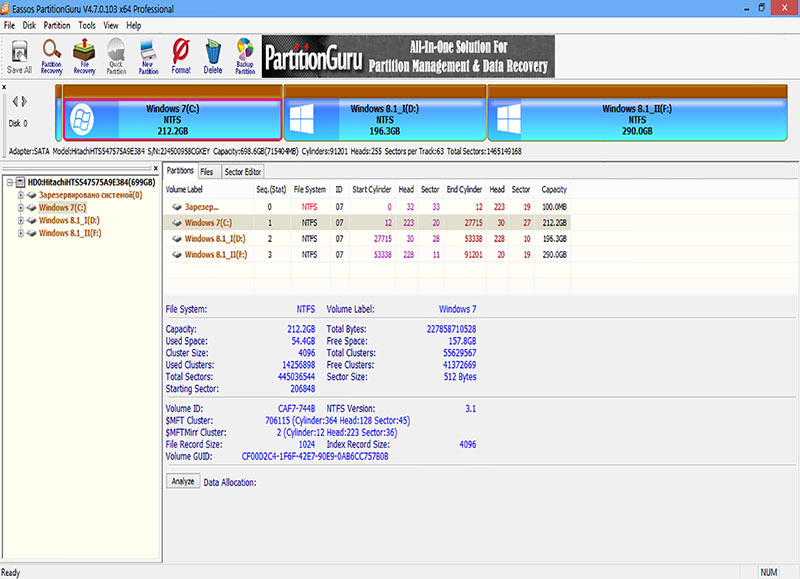
To learn more info about DiskGenius please click the link below and visit its official website:
Versatile partition manager and effective data recovery software - DiskGenius
Brief introduction of hard drive
Along with the spread of computer, hard drive turns into the most important storage device. All significant files for instance, precious photos, documents, videos and so on are stored on hard drive. Briefly, our life can't carry on smoothly without hard drive. Here comes the question "What is hard drive?" Hard drive is hardware used for storing data in computer. If you are using a desktop, you can open the host machine and see what hard drive looks like.
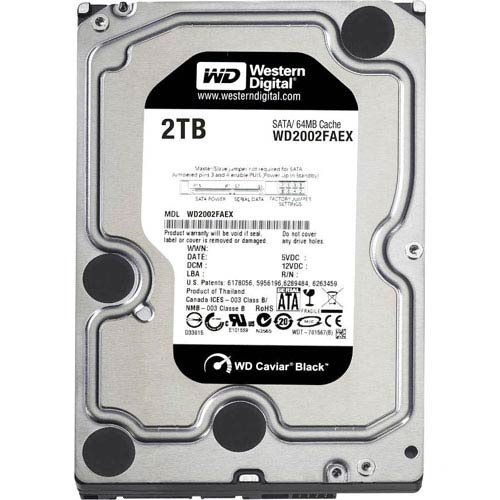
That rectangular case is hard drive with a label on the top side which shows capacity, interface, brand, rotational speed, model, rated parameter, producing area, etc.
Capacity: Hard drive with larger capacity can hold more files. Several years ago, hard drive was able to store hundreds of megabytes of files. But now, the mainstream capacity is 1TB or 2TB. The capacity of hard drive displayed by operating system is smaller than the amount stated by hard drive label or manufacturer. What's the matter? Never mind! That doesn't mean there is something wrong with the hard drive. This is caused by a combination of reasons: the operating system takes some space; operating system and hard drive manufacturer uses different units to calculate disk capacity; data redundancy.
Rotational Speed: Rotational speed affects hard drive data transfer rate. Hard drive usually spins at 5400 RPM and 7200 RPM of late.
Interface: IDE was the popular hard drive interface which is being superseded by SATA. Next tutorial will have detailed introduction about different interface.
Brand: Western Digital and Seagate Technology are the two most frequently-mentioned and trusted hard drive manufacturers. Since hard drive is vital storage device, you should choose reliable brands to ensure good quality.
Let's turn around the hard disk and see the other side.
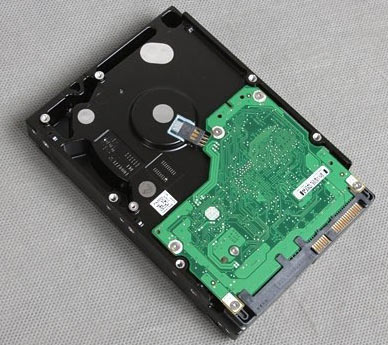
The reverse side of hard drive is integrated circuit board where firmware is stored. Firmware is a type of software program or a set of instructions that are hard-coded into hard drive. Firmware governs behaviour, factory settings and identity for hard drive and it can be the communication channel of hardware and software.
You might be wondering how hard drive works and saves data? Till the article is written, traditional hard drive that stores data magnetically still dominates the market. SSD (Solid State Drive) stores data on flash drive which gains popularity recently.
Hard drive can be opened after removing screws and the cover and you can see its internal structure:
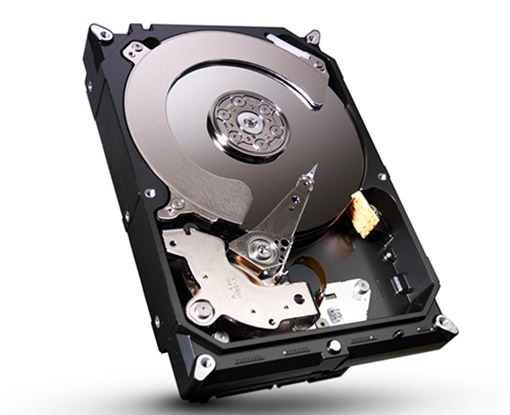
Generally, there are discs that are placed several millimetres apart. These discs are commonly known as platters. They are polished as mirror and extremely smooth, and they are the very devices that store vase amount of files. Platters can rotate and heads placed on arm just over the platter can sway, then the tiny heads are able to read and write data to the platter. This is the basic principle of how hard disk works.
Hard drive is composed of delicate components, and we should be very careful to use it. It should be protected from collision, knocking or falling, otherwise platter, head, firmware or other parts can be damaged. There is more jargon related to platter like track, cylinder, sector, etc. but common users don't need to learn these terms.
SSD (Solid State Drive) stores data on flash memory whose internal structure is totally different from traditional hard drive. It doesn't have moving parts, platters nor heads. SSD is comprised of circuits and assemblies as memory to store data, see picture below:
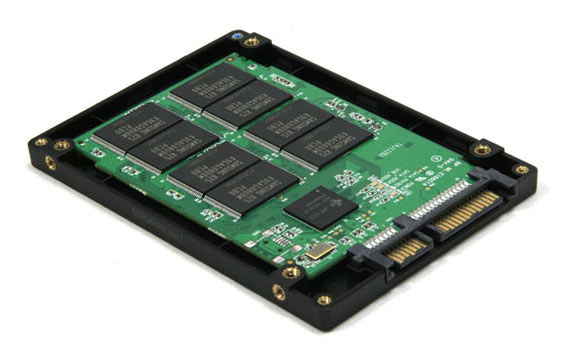
On account that SSD emerges after traditional hard drive, SSD still adopts concepts such as track, cylinder, sector, etc. for the purpose of compatibility of software. But these terms are just logical concepts that are set merely for compatibility. As to average users, there is no apparent difference between these two kinds of hard drives.
So much for hard drive overview, and we'll talk about hard drive types and interface in next chapter.






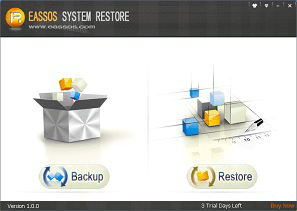
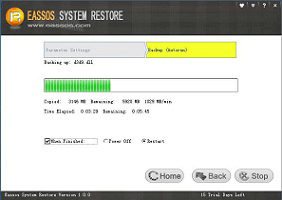
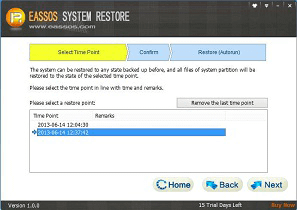
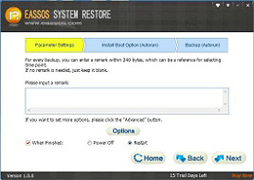
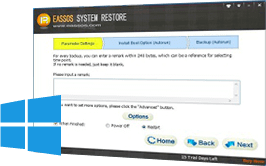

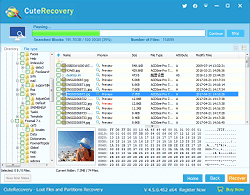
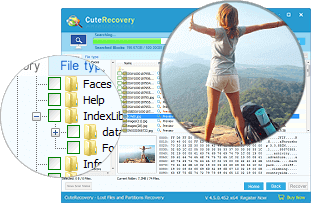
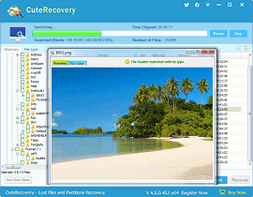


















 Facebook
Facebook Twitter
Twitter Youtube
Youtube